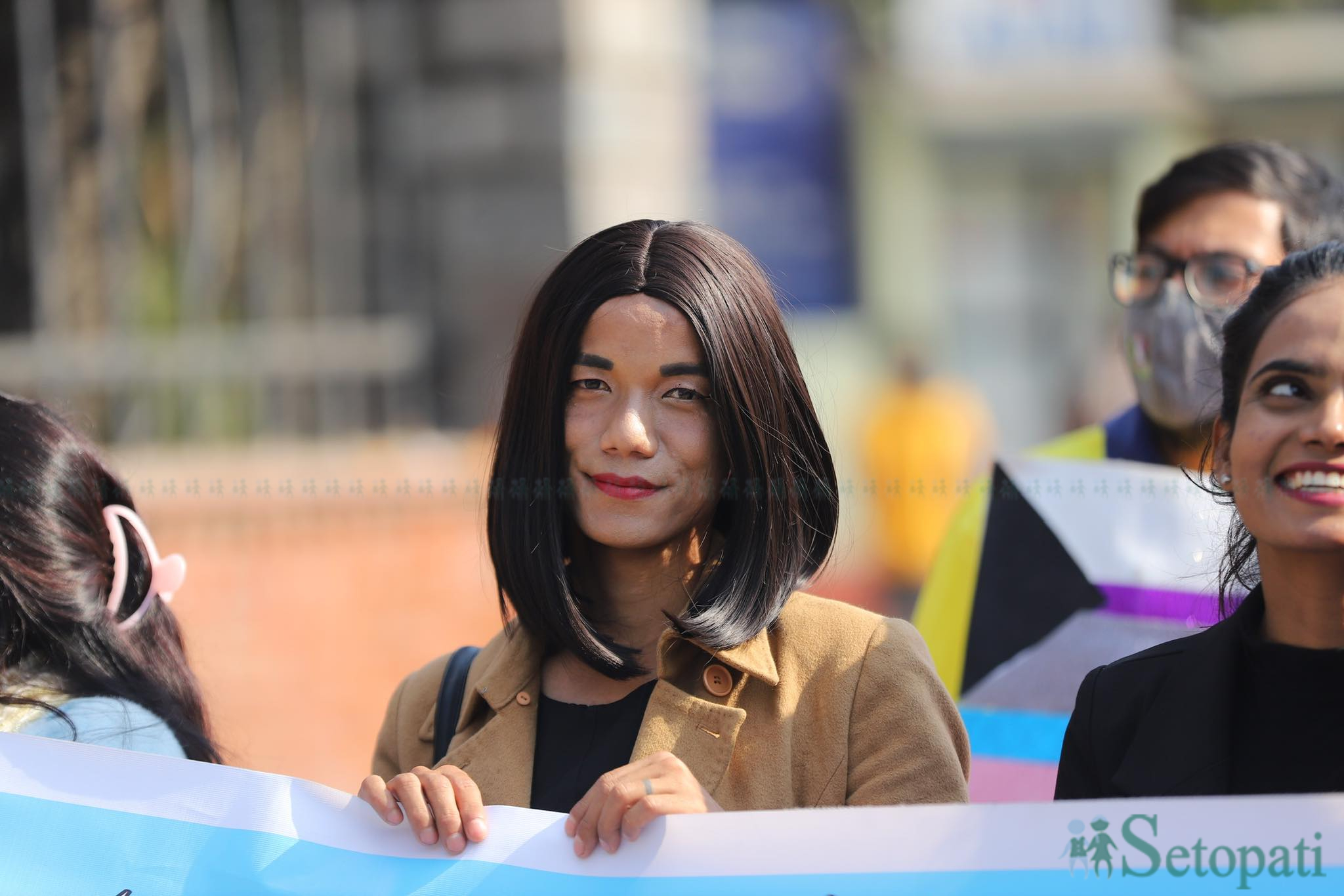In recent years, the phrase “Trans women are women” has emerged as a rallying cry in Western gender politics—meant to affirm, support, and protect the rights and dignity of transgender people. And rightly so: in a world rife with transphobia, such affirmations are crucial for legal recognition and social safety.
But the phrase is also a product of—and a prisoner to—the rigid binary gender system that dominates Western epistemology. Strikingly, we seldom hear the equivalent phrase “Trans men are men.” Why is one uttered so often and the other so rarely? Why must anyone become a woman or a man to be valid, rather than simply be?
This leads us to ask deeper questions: Is “Trans women are women” true? Can we also say “Women are trans women?” And more importantly, why is such labeling necessary in the first place?
The binary box and its clinical consequences
At the heart of this tension is the Western obsession with binary gender—male/female, man/woman, cis/trans. Anyone who deviates from the so-called norm is expected to transition into the “opposite” gender and re-enter the binary through the other door. This is not liberation; it is rerouting.
The psychiatric diagnosis of gender dysphoria (GD) in the DSM-5 reflects this binary constraint. It defines GD as a “marked incongruence between one’s experienced or expressed gender and the one assigned at birth.” This concept has become the foundation for trans-affirming medical and legal practices in the West, but it also problematizes gender difference by medicalizing it.
What the DSM and its clinical followers imply—intentionally or not—is that being different from your assigned sex is a disorder to be diagnosed, treated, and fixed—usually by transitioning into one of two culturally-approved boxes: man or woman.
But is this really a global problem? Or is it a Western one exported to the world under the guise of “progress”?
Indigenous wisdom and the multiplicity of being
In many Indigenous and Asian cultures—including ancient Nepali, South Asian, Native American, Polynesian, and Buddhist traditions—gender was never meant to be a fixed, exclusive identity. It was a journey, a natural unfolding, a relational reality rooted in body, mind, spirit, and community.
Before patriarchy and colonial pathology took hold, being gender-diverse was not a crisis. It was often a calling. These traditions acknowledged three, five, even six or seven genders—neither man nor woman, neither cis nor trans, but something else entirely: a sacred person of unique nature.
In Buddhist philosophy, five genders are named—not two. In Nepal’s matriarchal past, people were not assigned a gender at birth. They were simply born male, female, or intersex—and allowed to grow. Gender was culturally and spiritually acknowledged around puberty (and afterward adulthood), based on anatomical, physiological, and psychological (involuntary) development. This was/is called person of woman-nature, person of man-nature, and persons of third natures.
No one needed to transition to be accepted. They simply became who they were/are.
Who defines who is a woman?
The phrase “Trans women are women” attempts to offer dignity in a hostile world, but it also reifies the idea that there is one category called “woman” into which everyone must assimilate. It upholds the notion that “woman” is a stable, universal identity rather than a shifting, socially and spiritually constructed role.
But in many non-Western cultures, a trans woman is a trans woman—respected and acknowledged as such, without needing to “become” a woman in the binary sense. Similarly, a trans man is a trans man, not a reassembled man. These are not lesser or failed identities—they are distinct identities.
To claim that trans women are women in all senses flattens the rich differences in experiences, histories, and embodiments. And ironically, it affirms the very binary logic that has long excluded both cis and trans people who don’t fit rigid boxes.
When diagnosis becomes indoctrination
Today, in Nepal and many other places influenced by Western frameworks, young people growing differently—whether feminine boys, masculine girls, or fluid children—are increasingly taught that they may be “trapped in the wrong body.” This is a concept alien to many Indigenous cultures, where gender is neither a trap nor a binary gate.
Gender dysphoria becomes a label not because these youths are suffering inherently, but because they are made to feel inadequate in the face of the binary ideal. The Western clinical-industrial complex offers hormone therapy, surgeries, and legal transitions—but all as a way to enter the binary, not transcend it.
This path may be helpful for some, but it is not the only—or always the most liberating—path.
Beyond inclusion: Toward epistemic decolonization
The goal should not be to fit more identities into Western frameworks but to dismantle those frameworks altogether. The idea that gender must be affirmed by medical transition or legal recognition is a form of colonial modernity that erases Indigenous ways of knowing and being.
What if, instead, we said:
Trans women are trans women—and that is valid.
Women are women—and that is valid.
Gender-diverse people are not mistakes or medical cases—they are manifestations of natural human diversity.
The Global South, Indigenous communities, and matriarchal cultures do not need Western validation. They already contain models of gender liberation the West has yet to understand.
Conclusion: Dismantle the binary, not just expand it
The problem is not whether trans women are women or not. The problem is the compulsion to ask that question in the first place—because it assumes that “woman” is the goal, the standard, the ideal to be reached.
Instead, we must dismantle the very architecture that forces such alignment. The future of gender is not about assimilating into the binary. It is about living beyond it.
It’s time to shift from “Who is a woman?” to “Why must we define humanity in such narrow terms?”
Only then will true gender liberation—rooted in dignity, diversity, and decolonization—be possible.

